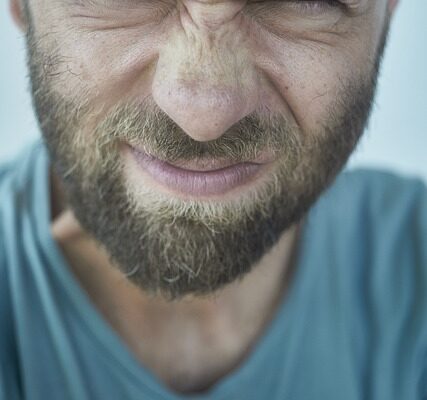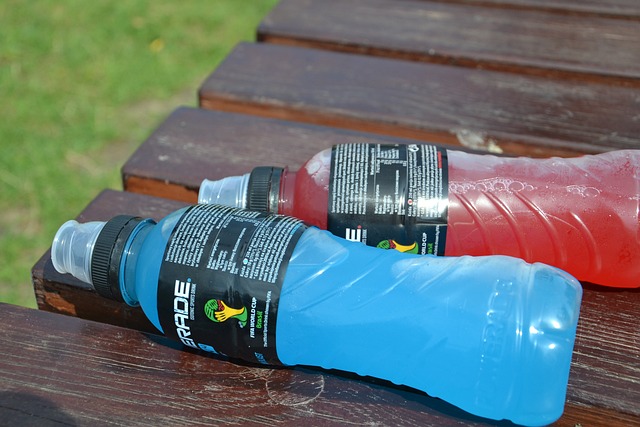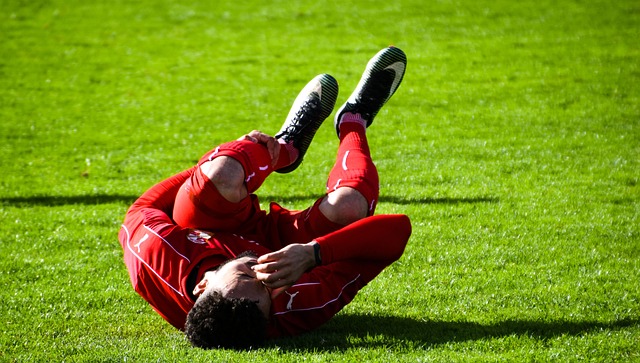If you have muscle cramps during running, electrolytes may be the solution. According to a publication in the Journal of the International Society of Sports Nutrition, ordinary water may not be the greatest approach to rehydrating, and electrolyte beverages are a superior option to help reduce muscle cramps.
The research focused on exercise-associated muscular cramps (EAMC), which are painful, involuntary muscle contractions. While the specific origin of EAMC is unknown, previous research has suggested that dehydration and low electrolyte levels may contribute to this severe illness.
“Exercise-related muscular cramps (EAMC) are cramps that occur during and/or after exercise and sports,” says Ken Kazunori Nosaka, director of exercise and sports science at Edith Cowan University in Joondalup, Australia, and one of the study’s researchers.
“It has been documented that many people get muscle cramps, including around 39% of marathon runners, 52% of rugby players, and 60% of bikers,” Nosaka explains.
What the Study Says
The researchers examined EAMC susceptibility in runners who drank spring water vs. an electrolyte beverage in their study. Ten guys took part in the trial and ran in the heat for 40-60 minutes while drinking one of these two beverages.
The amount of fluid consumed by runners during activity was 918-1741 ml for water and 903-1848 ml for the electrolyte beverage; therefore, the amounts are comparable.
The addition of electrolytes makes the difference.
The electrolyte-rich beverage had the following ingredients:
- Sodium is 1150 mg/L,
- potassium is 780 mg/L,
- magnesium is 24 mg/L,
- chloride is 1770 mg/L,
- glucose is 18,000 mg/L, and
- phosphorus is not given.
Nosaka and his colleagues electrically stimulated leg muscles to cause cramping, and the frequency of the simulation was used to predict muscular cramp susceptibility. This was performed prior to, immediately following, 30 minutes after, and 65 minutes after jogging.
Runners were tested with each beverage, with a week between the two conditions. The researchers also collected blood samples to determine electrolyte levels.
For Cramp Prevention, Water vs. Electrolytes
Drinking water during hot exercise increased muscle cramp susceptibility after exercise, whereas drinking an electrolyte beverage decreased muscle cramp susceptibility and may be useful in reducing EAMC.
Blood test findings also revealed that salt and chloride concentrations fell quickly after the run in spring water drinkers but not in electrolyte beverage drinkers.
When you run and are prone to muscle cramps and drink fluid during training or races, Nosaka recommends drinking water with electrolytes, particularly sodium and potassium. “If you drink too much plain water, your muscles will become more prone to cramping.”
The researchers discovered that blood plasma volume was higher in the runners who drank the electrolyte beverage, implying that the electrolytes may aid in water absorption.
Sport and Hydration
Sporting in hot weather is frequent, from cycling to jogging to Ironman contests. Sweat is lost during physical activity, and exercising in the heat raises the core temperature of the body. This decreases the body’s water content, which can lead to dehydration if fluids are not properly replaced.
According to Heather Mangieri, a sports and wellness dietitian in Pittsburgh and author of “Fueling Young Athletes,” “proper hydration techniques assist lower the risk of dehydration and heat illness, as well as increase performance during intensive exercise.”
She emphasizes that even mild dehydration can impair the body’s capacity to cope with physical exercise, especially in hot weather.
“Guidelines for how much fluid and/or electrolyte replacement beverage to drink before, during, and after physical activity are intended to support health and athletic performance,” Mangieri explains.
She recommends:
Athletes should drink about 20 ounces of fluid 2 to 3 hours before action and another 8 ounces 10 to 20 minutes before.
The goal during exercise is to match fluid intake to what is lost through perspiration and urine. Athletes should drink 8 ounces of fluid every 15 to 20 minutes as a general rule.
Athletes must rehydrate and restore electrolytes lost during exercise.

The amount of weight loss due to fluid loss is used to determine what to drink after exercise in competitive athletes. Athletes should consume 1.5 liters of fluid for every kilogram of body weight loss.
Electrolyte Drinks vs. Water
The purpose of fluid intake for athletes is to avoid dehydration and alterations in electrolyte balance during and after exercise. So, should you drink water or an electrolyte beverage?
“Athletes who engage in continuous activity for more than one hour may benefit from drinking an electrolyte-rich sports drink,” Mangieri explains. “Heavy sweaters and salty sweaters may benefit from a sports drink even during shorter duration activity, particularly if performed in hot and humid settings.”
Because of its effect on extracellular fluid osmolality and volume, adding electrolytes to water aids in fluid balance. According to research, drinking too much plain water while exercising can cause hyponatremia, a condition in which there is insufficient salt in the blood. Too much water dilutes serum sodium and other electrolytes, increasing the likelihood of experiencing muscle cramps.
According to one assessment of studies on the subject, athletes who work out in hot weather and sweat a lot may be at risk of EAMC if they consume plain water. Athletes who consume electrolyte-rich beverages may be less prone to muscle cramps.
Recognizing Muscle Cramps
Previous research has found a link between low serum sodium concentrations and muscle cramps. Thus it’s critical to examine this mineral in athletes in various athletic settings.
However, other investigations have found no relationship between low serum sodium and EAMC. Further study is needed in this area, and the cause of EAMCs is currently being discussed among scientists.
“One of the most generally discussed ideas for why exercise-induced muscle cramps develop dehydration and electrolyte imbalances, but cramps can also be caused by physical training, overexertion, or other factors,” explains Mangieri.
According to the current study, blood sodium and chloride concentrations alone do not influence muscle cramp vulnerability. Several researchers believe that muscle cramps, which include muscle overload and exhaustion, have neurological origins.
According to Mangieri, athletes who see an increase in EAMCs related to fluid and sodium intake can consume more salty snacks and beverages to promote thirst, enhance voluntary fluid intake, and reduce the risk of hyponatremia.
“This includes drinking sports drinks instead of water and eating salty foods and snacks like pretzels, crackers, soups, and olives,” Mangieri explains. “I’ve even had clients consume chicken soup and pickles prior to long-distance endurance sports.”
To Conclude
If you’re working out in the heat and sweating profusely, consider drinking an electrolyte beverage instead of plain water. Fluids and electrolytes may aid in the prevention of exercise-related muscular cramps, which can impair sports performance.


